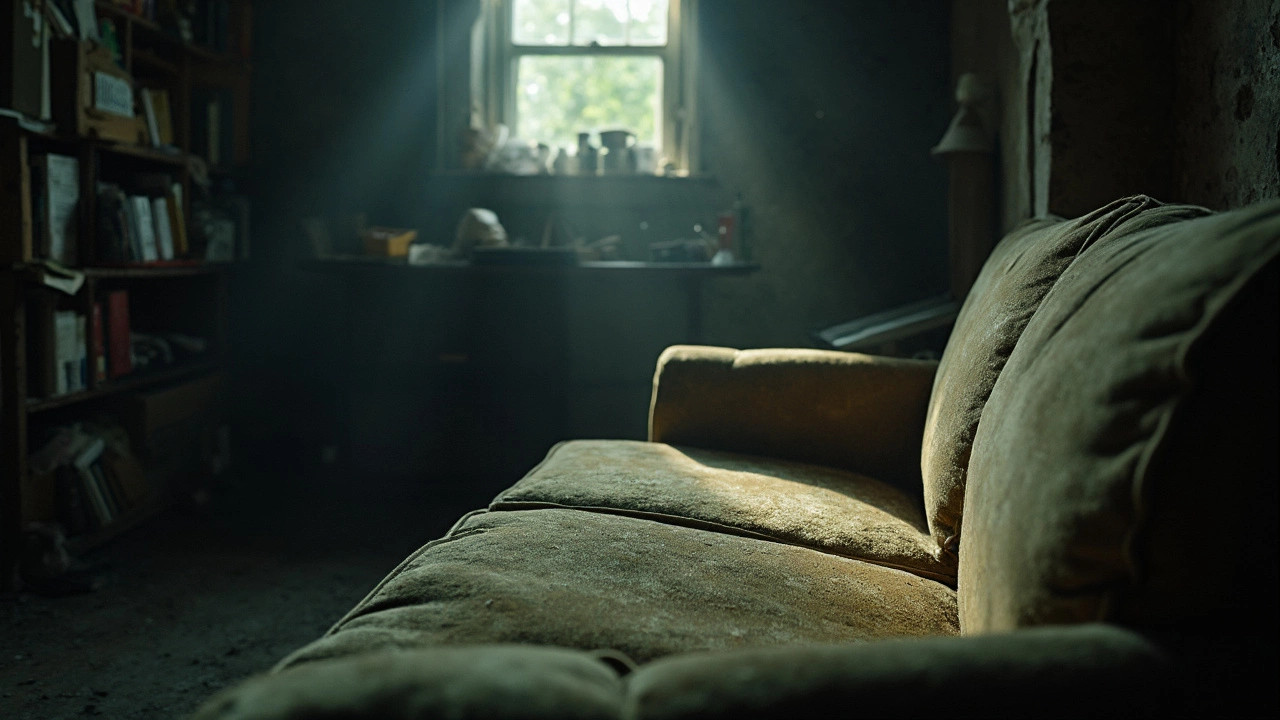Ever wonder if your couch can get moldy while stored away? Mold loves tight, damp places and couches can be easy targets. This article explains why couches get moldy in storage, warning signs to look for, and how to keep your sofa safe before and during storage. You'll also find practical prevention tips and learn what to do if you discover mold on your stored furniture. Give your future self less to clean up—get the facts now.
Prevention Tips for Home Improvement
Keeping a home running smoothly is all about stopping problems before they start. Whether you’re fitting a new kitchen, storing furniture, or just caring for your couch, a few simple habits can save you time, money, and stress. Below are the most useful, easy‑to‑apply prevention ideas for anyone tackling a repair or renovation.
Preventing Structural Problems
Before any major work, check the foundation and framing for signs of movement. Look for cracks wider than a hairline, doors that stick, or uneven floors. Spotting these early lets you call a professional before the issue spreads. Even a quick moisture test with a screwdriver can tell you if water is creeping into concrete.
When you plan a loft conversion or a new extension, always get a proper consent and a structural engineer’s sign‑off. Skipping this step may seem like a shortcut, but the cost of fixing a weak roof beam later is far higher. Use a reputable builder who follows Type D construction standards for fire safety and material quality.
Drainage is another silent enemy. Clean your gutters twice a year and make sure downspouts direct water at least three feet away from the house. A simple splash‑proof barrier around the foundation can stop moisture from weakening walls and floors.
Preventing Interior Wear and Tear
Furniture storage doesn’t have to be a nightmare. Before you tuck a sofa or a table into a 10x10 unit, wrap it in breathable covers and place plywood under the legs. This avoids pressure marks and keeps the pieces dry. Use soft dividers for delicate items like glass table tops.
For sofas and chairs, follow a regular cleaning schedule. Even if the cushions have non‑removable covers, spot‑clean stains with a mild detergent and a soft cloth right away. A quick steam clean once a year removes deep‑set grime and keeps fibres from breaking down.
When choosing curtains or drapes, think about where they won’t get in the way of heat or moisture. In rooms with high humidity, like bathrooms, opt for blinds or moisture‑resistant shades instead of fabric that can develop mould.
Flooring lasts longest when you treat it right from day one. For vinyl, avoid dragging heavy furniture; use felt pads under legs and sweep regularly to keep grit from scratching. A gentle mop with a pH‑neutral cleaner will keep the surface sealed and looking new.
Outdoor areas need a similar preventive mindset. Before you set garden furniture on grass, lay a protective mat or use rubber feet to spread weight evenly. This prevents grass from dying and keeps the furniture stable during wind.
Finally, keep your insurance paperwork up to date. Know what your policy excludes – especially regarding foundation repair or broken pipes – so you aren’t surprised when a claim is needed. A quick call to your insurer can clarify coverage and point out any extra riders you might want.
All of these steps are small actions that add up to big savings. By checking for early signs, using the right materials, and staying on top of routine care, you protect your home’s value and enjoy a safer, more comfortable space.
